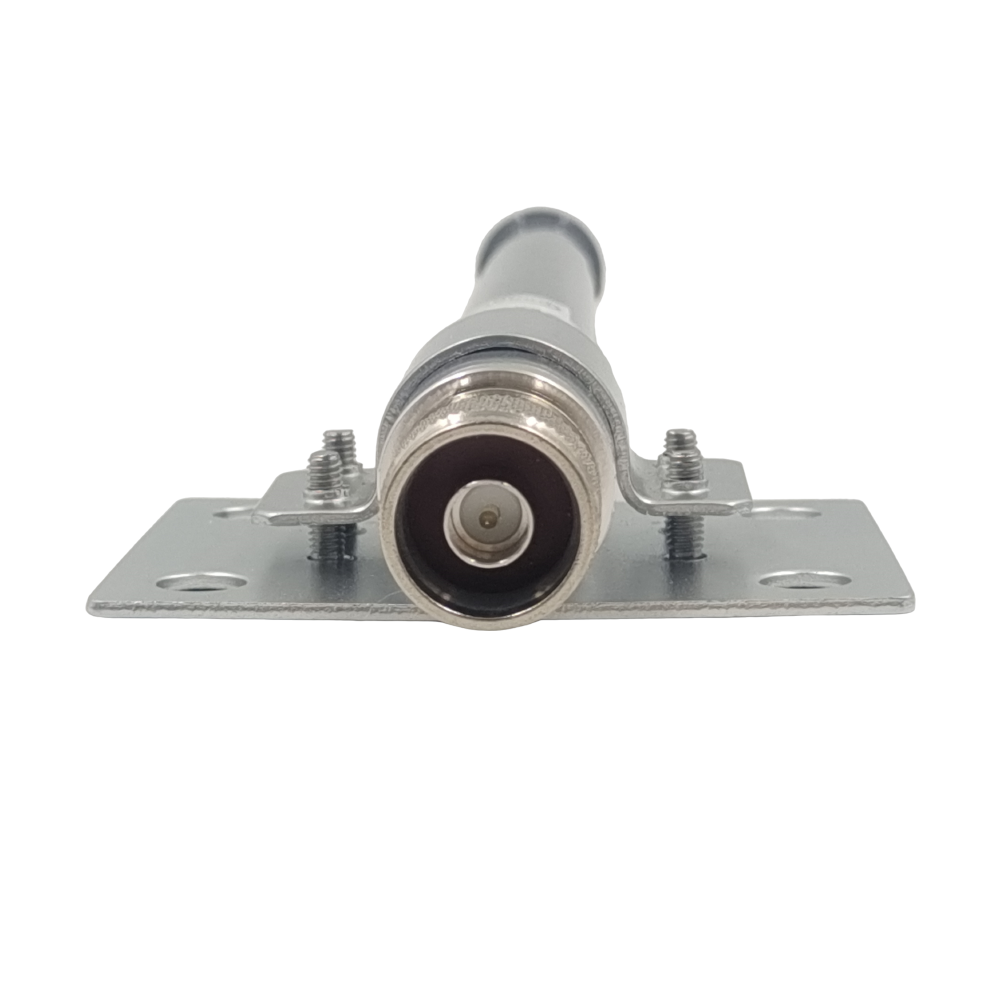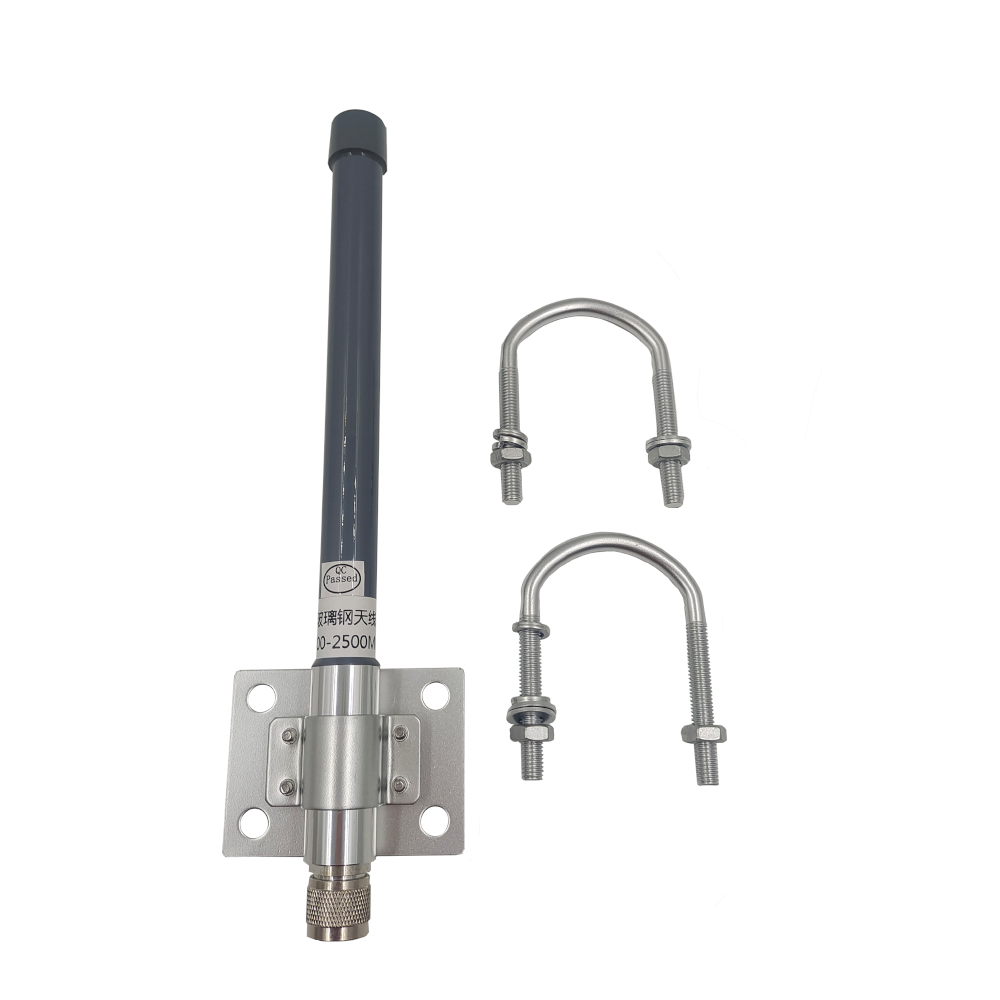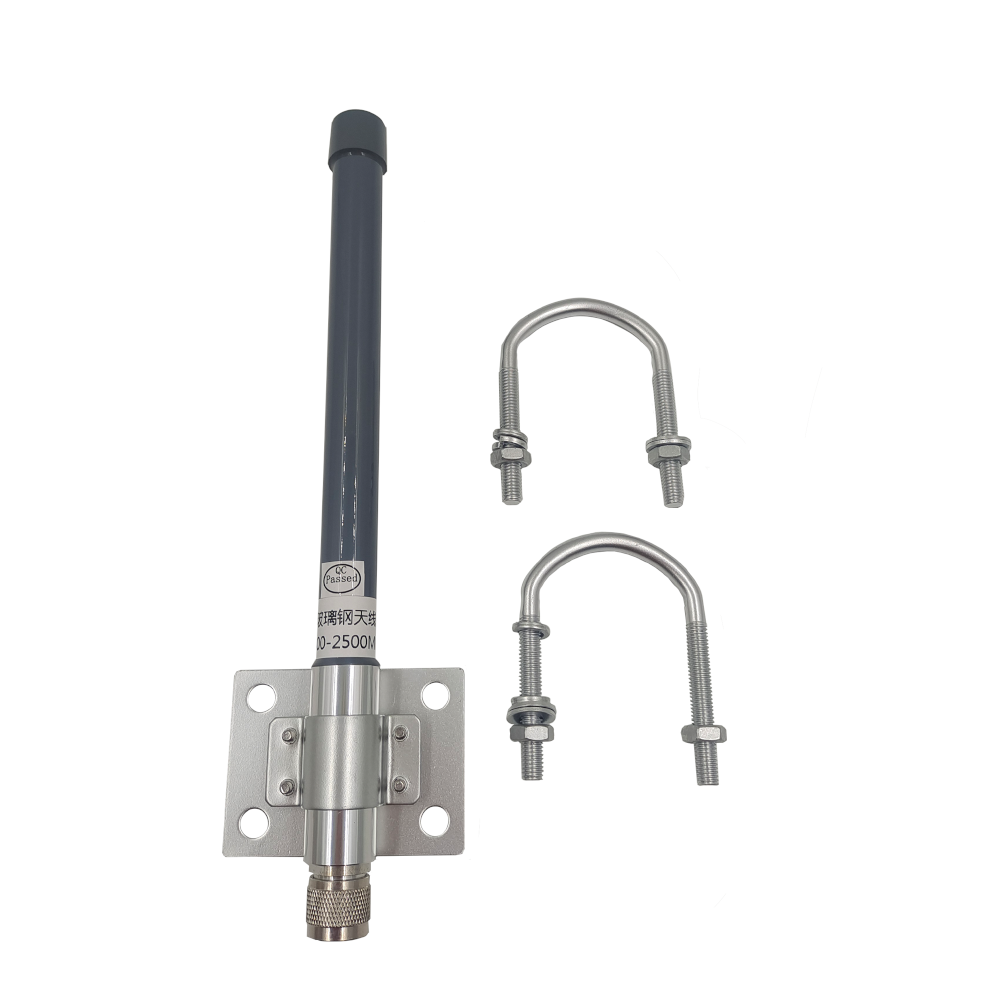The embedded SMD GPS antenna is not a technology developed in a vacuum; it is an enabling component that has catalyzed innovation across countless sectors by making reliable, miniaturized tracking economically and technically feasible. Its applications are vast and growing, and ongoing trends promise to further expand its capabilities.
Current Applications:
Automotive Telematics and Fleet Management: This is a massive application area. Embedded antennas are used in:
Usage-Based Insurance (UBI) dongles: Plug-in devices that track driving behavior.
Stolen Vehicle Recovery (SVR) systems: Hidden trackers that help police locate stolen cars.
Fleet Management trackers: Devices that monitor vehicle location, fuel usage, idling, and driver behavior for logistics and delivery companies.
Advanced Driver-Assistance Systems (ADAS): Providing foundational location data for navigation and automated systems.
Asset Tracking and Logistics:
Container and Pallet Tracking: Monitoring the global movement of shipping containers and goods.
Cold Chain Monitoring: Tracking the location and temperature of perishable goods like food and pharmaceuticals.
High-Value Asset Tracking: Securing and monitoring the location of expensive equipment, tools, and merchandise.
Personal and Wearable Tracking:
Personal Safety Devices: Wearable pendants or watches with SOS buttons for the elderly or lone workers.
Child and Pet Trackers: Small tags attached to collars or clothing to monitor the location of loved ones and pets.
Sports and Fitness Trackers: For mapping runs, cycles, and hikes.
Internet of Things (IoT) and M2M:
Smart Agriculture: Tracking the location of machinery and monitoring livestock.
Smart City Infrastructure: Monitoring the location and status of municipal assets like bins, signs, and sensors.
Future Trends:
Multi-Band GNSS for High-Accuracy Tracking: The future is moving beyond basic L1 band tracking. Support for L5, E5, and other new bands enables cm-level accuracy using techniques like Real-Time Kinematics (RTK) and Precise Point Positioning (PPP). This will revolutionize applications like autonomous yard management, precision asset placement, and detailed behavior analysis, driving demand for wider-bandwidth SMD antennas.
Tighter Integration and Antenna-in-Package (AiP): The trend toward greater integration will continue. The next step is Antenna-in-Package (AiP) technology, where the antenna is embedded directly into the package of the GNSS receiver system-on-chip (SoC) or a larger communication module that includes cellular connectivity. This will further reduce size, simplify design, and improve performance by minimizing interconnect losses.
Enhanced Resilience and Anti-Jamming: As society becomes more dependent on GNSS, its vulnerability to jamming and spoofing becomes a greater threat, especially for security-critical tracking. Future designs will incorporate features to mitigate this, such as controlled radiation pattern antennas (CRPAs) or multi-antenna systems that can nullify interference sources, moving from simple reception to intelligent signal processing.
Ultra-Low Power Operation for Long-Life Sensors: For IoT tracking sensors that must last for years on a single battery, power consumption is paramount. Future LNAs integrated into these antennas will be optimized for ultra-low-power operation, potentially incorporating advanced duty-cycling where the amplifier is only powered when a fix is being attempted, drastically extending battery life.
Hybrid Location and Sensor Fusion: GNSS will increasingly be fused with other positioning technologies. SMD antenna modules may be co-packaged with Low-Power Wide-Area Network (LPWAN) antennas (e.g., LoRa, NB-IoT), Wi-Fi, Bluetooth Low Energy (BLE) for indoor positioning, and inertial measurement units (IMUs). This hybrid approach provides continuous location coverage wherever the tracker goes, from open skies to deep inside warehouses.
The embedded SMD GPS antenna will continue to evolve from a simple receiver into a smarter, more integrated, and more resilient component. It will remain the fundamental enabler for the next generation of tracking systems, providing the precise location intelligence needed to build a more efficient, secure, and connected world.
Conclusion
The embedded SMD GPS antenna is a transformative technology that has fundamentally reshaped the landscape of tracking and location-based services. It is a quintessential example of engineering innovation driven by the market's insatiable demand for miniaturization, reliability, and cost-effectiveness. By integrating a high-performance ceramic radiator, a low-noise amplifier, and critical filtering into a single, surface-mount package, this component solves the profound challenge of capturing incredibly weak signals from space within the confines of a small, often hostile, electronic environment.
As we have explored, its value proposition is powerful. It enables the creation of compact, rugged, and tamper-resistant tracking devices that can be manufactured at scale and deployed in virtually any scenario. The integrated amplification ensures superior sensitivity, a critical factor for maintaining a location fix in the challenging environments where tracking is often most needed. However, this performance is not guaranteed by the component alone. Its efficacy is deeply intertwined with the design of the host system—the PCB layout, the ground plane, the management of interference, and the device's final housing and placement are all co-determinants of success. It is a component that demands respect and RF expertise from system designers.
The applications for this technology are already vast, spanning automotive telematics, global logistics, personal safety, and the expansive Internet of Things. And the future is even brighter. The trends towards multi-band high-precision positioning, deeper integration (AiP), enhanced anti-jamming capabilities, and ultra-low-power operation are set to unlock new, more sophisticated, and more reliable tracking applications that we are only beginning to imagine.
In conclusion, the embedded SMD GPS antenna is far more than a simple passive component. It is a highly optimized and intelligent RF subsystem that sits at the very heart of the modern tracking device. It is the critical gateway that transforms the abstract concept of global satellite navigation into a tangible, actionable data stream that drives efficiency, security, and innovation across the globe. Its continued evolution will be essential in guiding the future of autonomy and connectivity, solidifying its role as an indispensable enabler of our increasingly location-aware world.




































































 Language
Language
 En
En Cn
Cn Korean
Korean

 Home >
Home > 







 18665803017 (Macro)
18665803017 (Macro)













